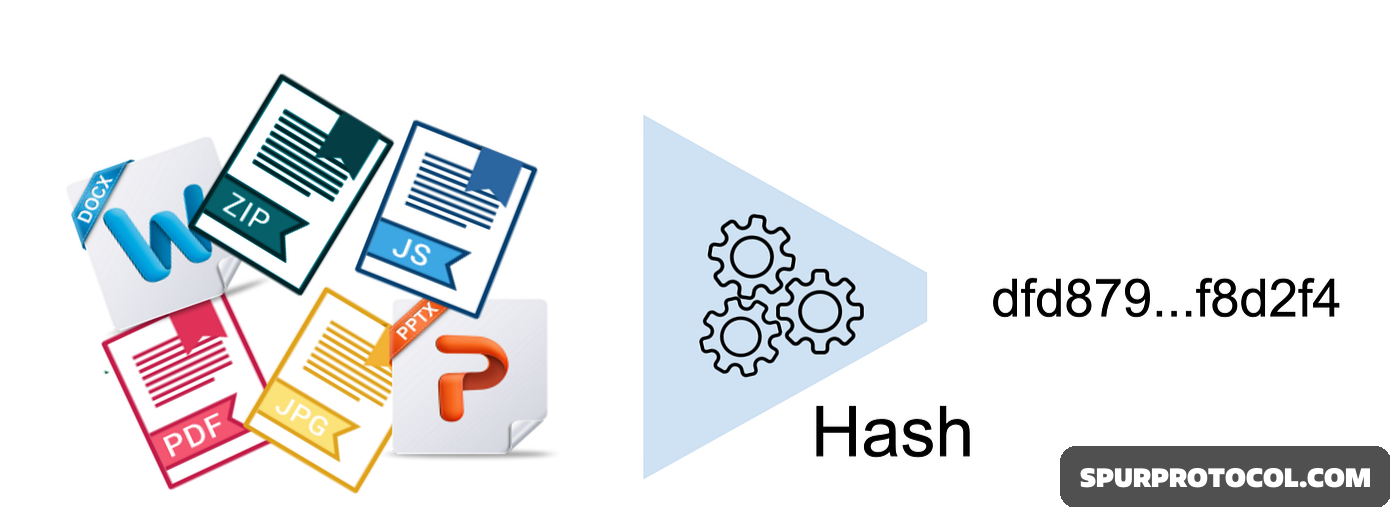Hashing: The Fingerprint That Ensures Blockchain Immutability
Hashing is the cryptographic bedrock of blockchain security. We simplify what it is and why it makes tampering virtually impossible.
Go Back

🕒 8:02 AM
📅 Oct 17, 2025
✍️ By Nathanael707
See it this way—hashing is like taking any digital input, no matter the size (a single word, a full book, or an entire database), and running it through a unique mathematical function. The output is a unique, fixed-length, scrambled string. That output is the hash.
Let’s simplify this: a hash is an alphanumeric fingerprint (e.g., 8d969eef6ecad3c29a3a629280e686be) generated by a cryptographic function. The key is that the same input always produces the same hash, but even the smallest change to the input—like changing a comma to a period—will result in a drastically different, unpredictable hash. This is the avalanche effect.
The core idea is this: this unique fingerprint is what connects the blocks. Every block header contains the hash of the previous block. This creates a secure, verifiable chain. If a hacker tries to tamper with an old transaction in Block 500, the hash for Block 500 changes. This makes the new hash incorrect for Block 501, and every subsequent block.
Here is the key takeaway. To successfully tamper with a single block, the attacker would have to re-mine (re-hash) that block and every subsequent block in the chain before the network adds a new block. This requires an astronomical amount of computational power and energy, making the attack economically unfeasible and technically almost impossible.
The trade-off for this massive security is processing time. The process of finding a valid hash (especially in Proof-of-Work systems) is computationally intensive by design. However, this intentional difficulty is the cost of security and immutability.
